On August 16th, 1920, in the midst of the War of Independence, District Insp William Wilson of the Royal Irish Constabulary, or RIC, was shot dead in Templemore by the IRA. That night the Northamptonshire Regiment, based at Richmond Barracks (now the Garda Síochána College), carried out reprisals. Templemore town hall was set ablaze, resulting in the accidental death of two of the soldiers involved.
The first reports of “supernatural manifestations accompanied by cures” appeared in newspapers the following day. Attention centred on the premises of Thomas Dwan, a newsagent, at Main Street, Templemore, and at a cottage in Curraheen, near the village of Gortagarry, 12km away.
It was reported that religious statues in Dwan’s shop, the nearby RIC barracks and the cottage were shedding tears of blood. Jimmy Walsh, a 16-year-old farm labourer who lived in the cottage, claimed that he was experiencing Marian apparitions and that a “holy well” had appeared in the floor of his bedroom.
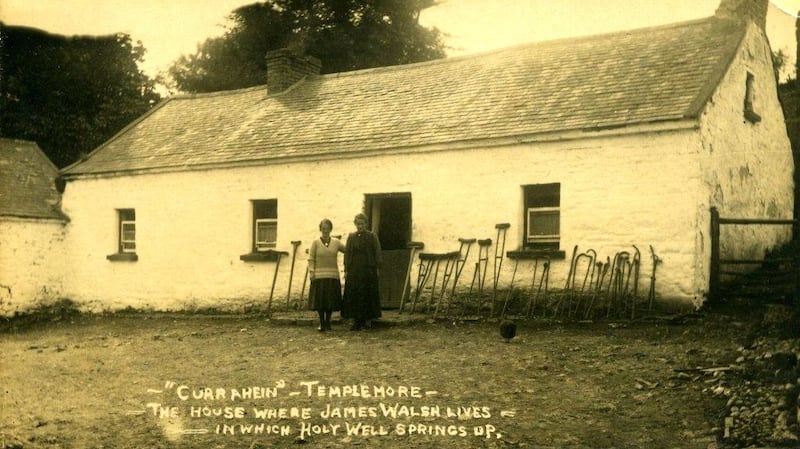
The Tipperary Star reported that after the burning of Templemore town hall, “statues from which blood had been oozing were taken by Walsh to Templemore from the cottage in Curraheen... it was believed by local people that this action had saved the town from destruction”. The Limerick Leader stated that “our Lady had saved Templemore”.
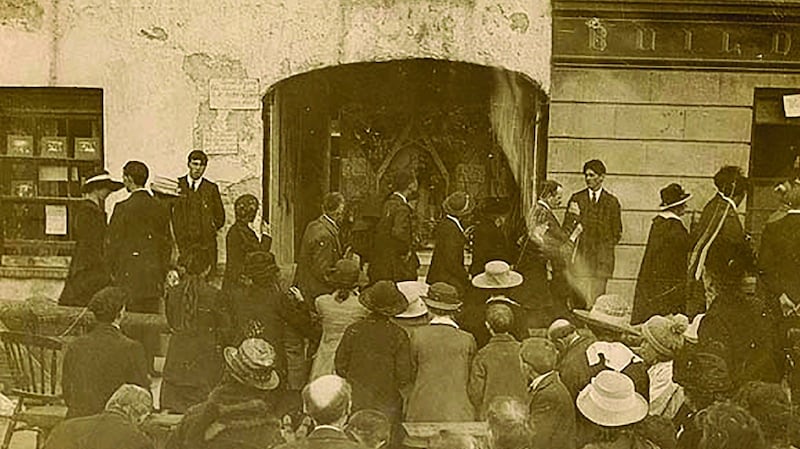
As news of apparent miracles and cures spread, up to 15,000 people a day made the pilgrimage to Templemore – which was renamed Pilgrimville or Pilgrimstown by newspapers.
A correspondent for the Catholic Times, who visited Templemore, wrote that his train from Dublin was packed with pilgrims, including “the halt, the maim and the blind”. He estimated that 8,000 people were outside Dwan’s shop, many having been there overnight. He saw four statues, some with blood trickling down the face, neck, breasts or body.
Hugh Martin, a Daily News correspondent, saw scores of pilgrims drop to their knees, cover their heads and pray the rosary. Thousands were in the square, including “paralysed children, old men with the palsy and lads with withered limbs... There was every deformity from warts to a club foot and almost every chronic malady from fainting fits to consumption.”
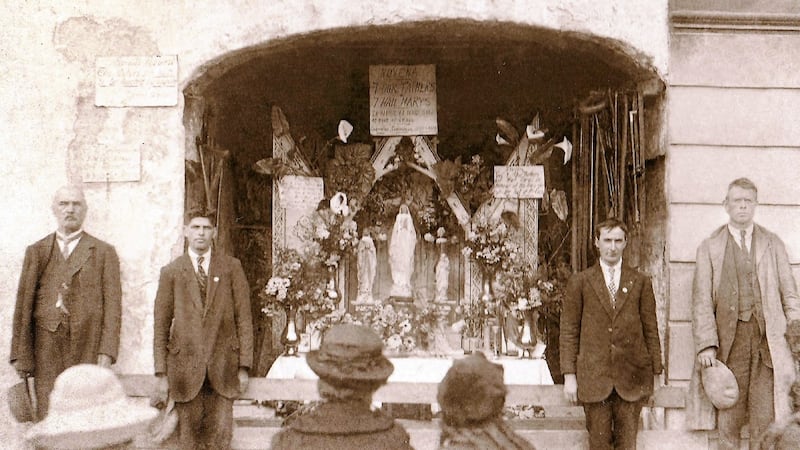
The Daily Mirror described “Sinn Féin volunteers armed with heavy sticks making vain attempts to preserve order, but the crowd could not restrain itself... Women fainted by the score.”
Walsh, the alleged visionary, described as a “simple-mannered youth” by one newspaper, achieved instant fame and advertising appeared offering “photographs of the boy to whom the blessed virgin appeared” for sale along with other souvenirs.
The Daily News reported that “poor wretches long past help were dragged through boreens to their inevitable disappointment”. A journalist wrote that “the picture of one young woman staggering upwards with her tortured child will be long in leaving me”. Another wrote that he came “to see a miracle and saw one... It was not a miracle of bleeding statues however, but of pathetic belief.”
The Limerick Leader reported the case of Martin Monahan, the first person to claim that he had been miraculously cured. Monahan had been badly wounded during the Battle of the Somme in 1916 and told reporters that he had “crawled across the road” to Dwan’s house. Walsh rubbed a crucifix on his wounded leg before praying with him”. Monahan claimed that following this, he had been able to walk unaided to his home.
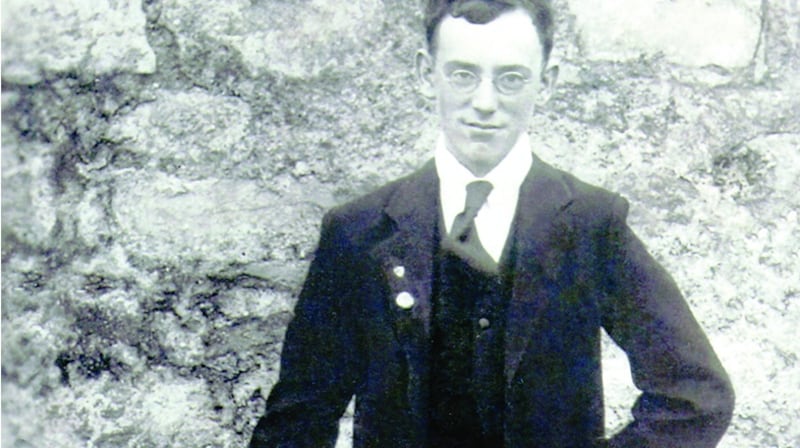
Sgt Shea of Templemore RIC said that Monahan was known to everybody in town “dragging his twisted legs between wooden crutches”. After his visit to Walsh, Shea saw Monahan “leaping around like a circus tumbler in front of a laughing, weeping, praying, hysterical crowd”. Shea went on to say that “outside the little cottage at Curraheen the pile of discarded crutches got bigger”.
An informal truce between the IRA, the RIC and army developed in the extraordinary circumstances that prevailed. IRA volunteers were allowed by the RIC and military to openly control the huge crowds coming into the area from all counties of Ireland, and further afield.
The official position of the Catholic Church towards events in Templemore was one of “extreme reserve”. The Templemore parish priest, Rev Kiely, refused to visit the statues, saying, “If it is a prank it will fizzle out. If not, why should I stop it?”
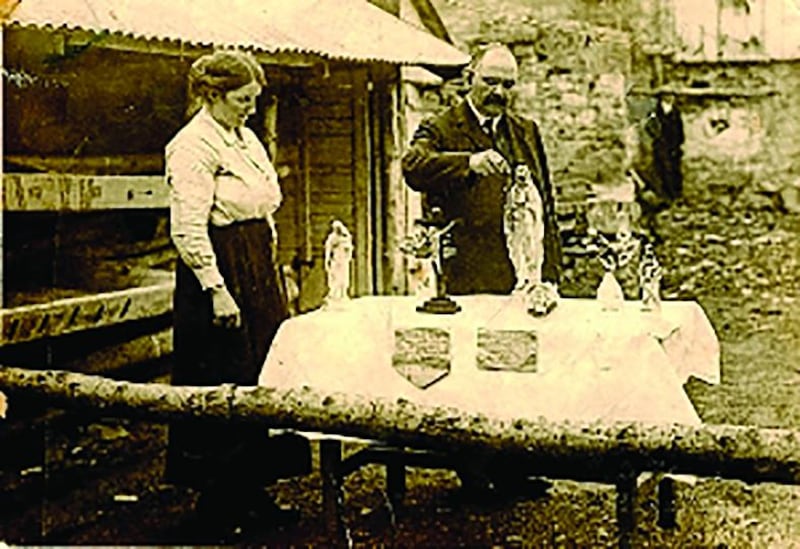
A local IRA commander, Jimmy Leahy, stated that most of the older clergy treated the whole affair with caution, but some younger priests appeared to look “upon Curraheen as another Lourdes, and James Walsh as a saint”. Walsh began to travel in the company of clergy, staying in Cashel presbytery on September 10th, 1920, as guest of the parish priest, Msgr Innocent Ryan.
The Irish Times reported that statues and a crucifix in the presbytery had bled when touched by Walsh and as the news spread “a piteous and clamorous crowd of invalids” arrived at the presbytery and requested that they be allowed to see and touch the statues, which were on display outside the building.
Monsignor Ryan wrote to The Irish Times in an attempt to stem the flow of pilgrims and to prevent events similar to those occurring at Templemore and Curraheen also taking place in Cashel.
IRA commanders decided that action should be taken to halt the influx of pilgrims, as they had started to view the “whole business with incredulity”. Some pilgrims gave IRA volunteers “lavish tips” to skip the queue, and men who had “previously been abstemious and enthusiastic took to drink and began to forget that they were engaged in a life-and-death struggle for the country’s freedom”.
Walsh told his interrogators that when he had spoken with the Virgin Mary, she had given her approval of the IRA campaign, and wished to see the fight intensified. Leahy found it difficult “to keep a straight face”, concluding that Walsh was either “mentally abnormal or a hypocrite”.
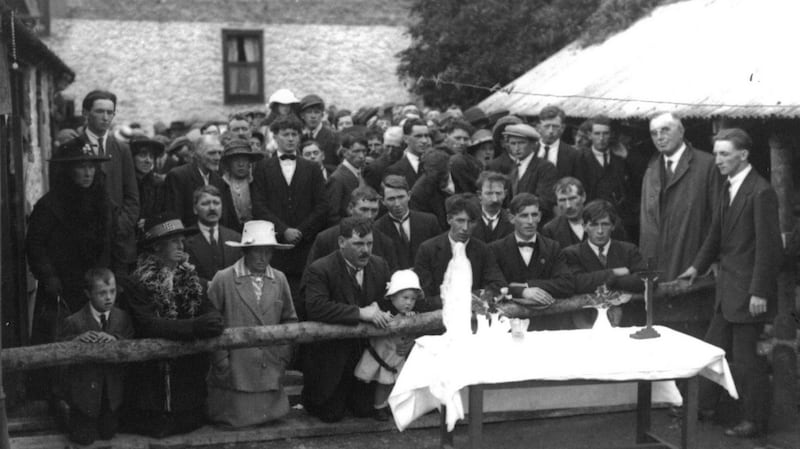
Leahy contacted Michael Collins directly to express his concern, and Collins instructed that Walsh be brought to Dublin for questioning. Collins then ordered Dan Breen, a senior figure in the Tipperary IRA, to interrogate "this saint from Templemore... the fellow who operates the bleeding statue", to which Breen reluctantly agreed.
Walsh was now under interrogation by Breen, a wanted man with a fearsome reputation following his involvement in Soloheadbeg ambush of January 1919. Breen questioned Walsh at length and concluded that he “was a fake”, then spoke to Collins giving his opinion that the Templemore apparitions and miracles were not genuine.
While sipping “holy water” that had come from the well at Curraheen, Collins irreverently replied, “one can’t take any notice of what you say Breen, because you have no religion... You are an irreligious customer!”
Collins had also been directly contacted by senior Catholic clergy who claimed that IRA volunteers in Tipperary had manufactured a statue that bled “to raise money to buy guns”.
A courier was sent to the county to bring back one of the statues for examination. Collins “took hold of the statue, broke it off the side of the desk, and out fell the works of the alarm clock . . . ‘I bloody knew it’, said Collins, so that was the end of the bleeding statue.”
The internal mechanism of an alarm clock had been concealed inside the statue, connected to fountain-pen inserts containing sheep’s blood. When the clock struck a certain time, it would send a spurt of blood through the statue’s heart, giving the impression that the statue was bleeding.
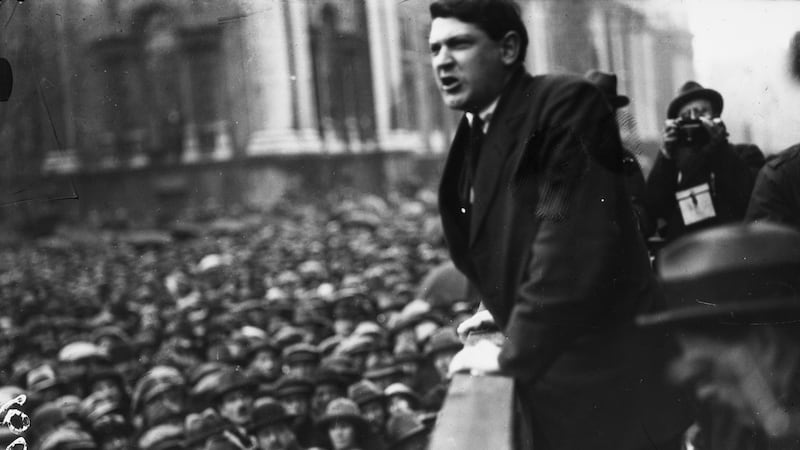
Following his interrogation by Breen, Walsh was brought to the Salesian College at Pallaskenry, in Co Limerick, at the request of clergy from Templemore. His absence from the town, combined with an IRA ambush on September 29th, 1920, at Kiloskehan, which killed two RIC constables, meant that “pilgrims, stall-holders and tramps all made a hasty exit”.
Having been labelled as a possible spy by Breen, Walsh was in danger of being executed by the IRA, but he was only 16, and many people believed that he was indeed a genuine visionary. His departure from Templemore may not only have saved his life, but also solved a major problem for the IRA in what to do with him.
By 1923 Walsh had emigrated to Australia, where he altered his name and tried unsuccessfully to enter various religious orders for the rest of his life. By the 1950s his marriage had ended, his teenage son Graydon had died tragically young and Walsh was employed as a lay teacher in a Catholic school.
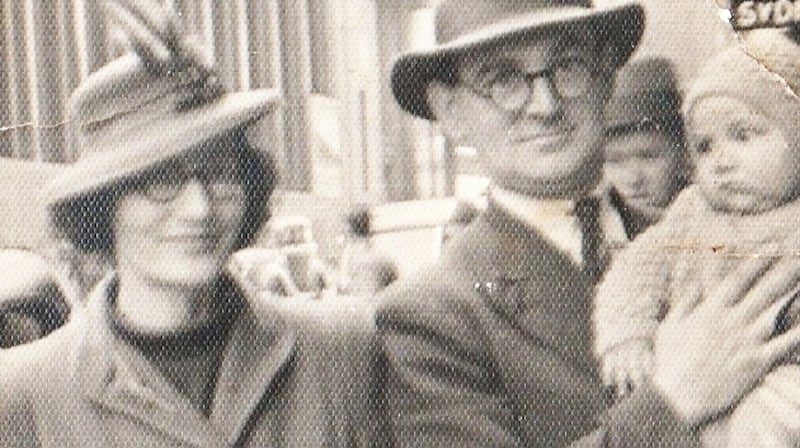
In a remarkable coincidence, however, he was recognised by a visiting Irish Christian Brother as Jimmy Walsh, of Templemore Miracles fame, from over 30 years earlier. The matter was reported to Cardinal Gilroy of Sydney, who expressed his concern that "Walsh might be a dangerous type of person to have teaching impressionable young boys in one of our Catholic schools".
The diocese also contacted the New South Wales police, looking for information that could be used as an excuse to dismiss Walsh from his teaching post. The police had no file on him, but nonetheless he was still dismissed by the diocese.
He found employment as a hospital porter and died after a prolonged illness on March 12th, 1977. He was buried at Pine Grove Memorial Park in Minchinbury in Sydney. He had never returned to Ireland. Thus ended the extraordinary life of Jimmy Walsh, author of the infamous Templemore Miracles of 1920.
The Templemore Miracles, Jimmy Walsh, Ceasefires and Moving statues, by John Reynolds, is published by the History Press. He is also the author of 46 Men Dead, the Royal Irish Constabulary in County Tipperary, 1919-1922, published by Gill Books
















